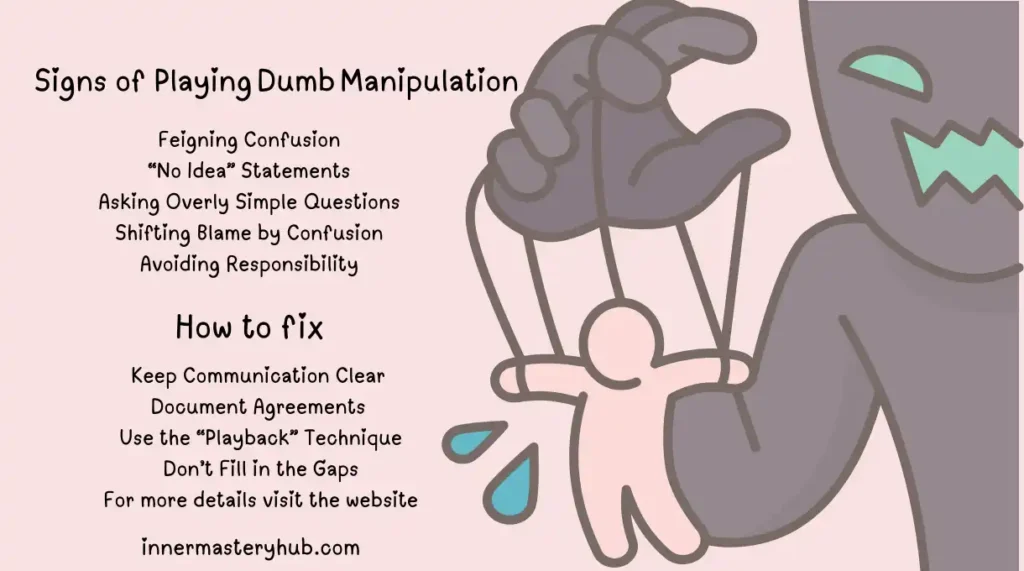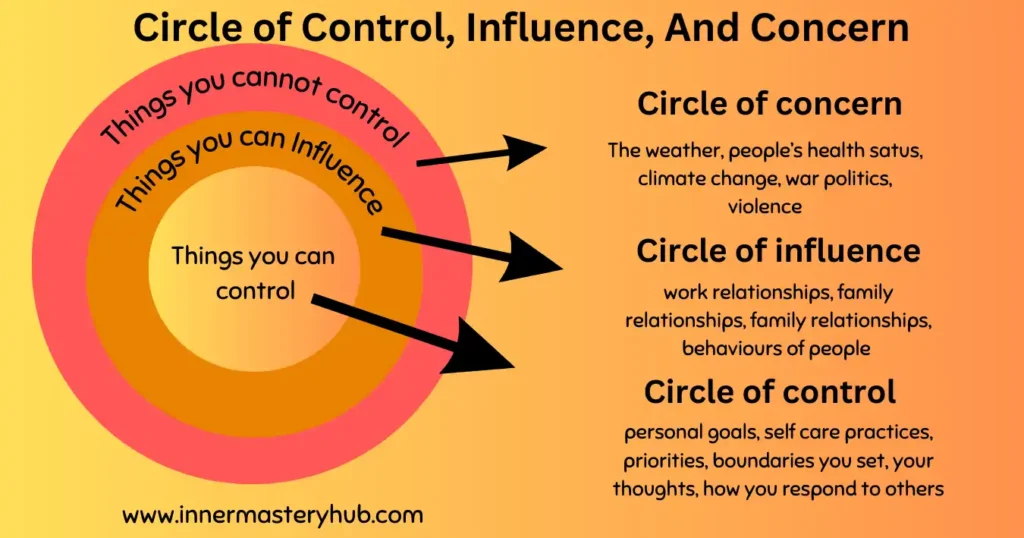From Pain To Power: 7 Ways of Turning Wound to Weapon

I write this guide because I have stood where you stand. I felt days when chest pressure felt heavier than any backpack. I learned that “From Pain To Power” is not a slogan but a process. Research shows that social rejection activates the same pain circuits in the brain as physical injury, particularly the dorsal anterior cingulate cortex and anterior insula.
Global studies estimate that at any time about 15 % of adults live with major depressive symptoms, and close to 30 % carry significant daily anxiety pmc. These facts matter because they prove your experience is real, common, and measurable.
From Pain To Power Transformation
emotional pain arrives without visible scars. Research defines emotional pain as the distress that follows perceived loss, rejection, or failure. Social scientists link severe emotional pain with reduced immune function and a 32 % higher risk of chronic disease.
Neuroscientists show overlapping neural alarms: when people recall a painful breakup, the same brain clusters light up as when a hot probe touches the skin. Clinicians warn that unprocessed emotional pain predicts rumination, a mental loop that magnifies negative thoughts and doubles the odds of future depression episodes pmc.
Parents, partners, and employers often underestimate this weight. I once hid in bathrooms at work to breathe. You might nod because you do the same. Data tells us we are not weak; we are humans built with a neural alarm that screams when belonging feels threatened.
The Real Cost of Unaddressed Pain
I notice that many self-help articles skip the agitation step, yet it drives change. Research from longitudinal studies shows that persistent rumination predicts rising physical pain scores and higher health-care visits six months later. Economic analyses calculate that workplace absenteeism linked to depression costs employers billions each year, but the deeper cost is the time you never get back.
I recall an evening when my phone battery died and silence filled my flat. The quiet exposed the inner soundtrack of blame. Studies confirm that isolation amplifies limbic reactivity, raising cortisol and driving sleep loss.
Sleep researchers report that lost sleep increases emotional volatility by 60 % the next day. Agitation matters because pain that stays unprocessed rarely stays still; it leaks into body, work, and relationships.
The Roadmap From Hurt to Growth
I moved from pain to power through steps supported by science. You can follow them in any order, but consistency beats speed. Each step contains an example you can try today.
1. Naming the Pain
Research shows that labeling emotions calms the amygdala and recruits prefrontal regulation. I began each morning by writing a single sentence: “I feel ___ because ___.” You can set a timer for two minutes and do the same. When you name the feeling, you move it from raw sensation to language.
2. Cognitive Reframing With CBT Principles
Meta-analyses reveal that cognitive behavioral therapy produces medium to large effect sizes for depression across 1500 participants. I practiced a three-column worksheet: situation, automatic thought, balanced thought. Example: “Manager ignored my idea” → “I am useless” → “Manager was rushed; my idea may need a clearer pitch.” You can draft one row during a lunch break.
3. Rumination Interruption Through Micro-Mindfulness
Mindfulness-based interventions consistently reduce rumination in clinical trials. I used the “three-minute breathing space.” You can find a quiet corner, place your feet on the floor, notice breath entering and leaving five times, then open your eyes. Research shows that even brief focused breathing lowers heart rate variability and markers of stress.
4. Social Support Activation
Resilience reviews during the COVID-19 period identify social support as a top protective factor against distress. I scheduled weekly phone calls with one trusted friend. You can text a friend right now to set a short check-in. Consistent contact rewires the brain to expect safety.
5. Body Activation to Reclaim Agency
Randomized studies comparing mindfulness with physical exercise show that both reduce rumination, but exercise especially reduces brooding. I committed to ten push-ups every morning. You might choose a ten-minute walk. Movement tells the nervous system that you are not trapped.
6. Goal Setting to Anchor the Future
Goal theory research links small achievable targets with increased dopamine and motivation. I wrote weekly SMART goals: specific, measurable, achievable, relevant, time-bound. One week’s goal read: “Read ten pages of a novel before bed three nights.” You can set a one-line goal tonight.
7. Iterative Reflection and Course Correction
Emotion regulation studies warn that alexithymia, or difficulty identifying feelings, predicts chronic pain at three-month follow-up. I use Sunday evenings to scan the week: Which step helped most? Which one slipped? You can adopt a five-question reflection ritual: What went well? What hurt? What lesson? What gratitude? What is the following action?

Daily Integration Examples of “from pain to power”
- Morning Commute Example. I used the ride to name emotions: “I feel tense about the meeting.” You can follow by taking three breaths before opening the email.
- Mid-Day Meeting Example. I mentally noted the negative self-talk and reframed it: “Colleague disagrees” became “Colleague offers a new angle.” You can jot a quick, balanced thought in a notebook.
- Evening Chore Example. I washed dishes mindfully, feeling the water temperature. You can pick any repetitive task; research in consumer health journals finds that mindful dishwashing lowers nervousness by 27% (self.com).
- Weekend Social Example. I organized a board-game night that combined social support and play. You can start with a short coffee meeting.
Closing Thoughts
I stand today as proof that movement from pain to power is practical. You now hold a condensed map rooted in peer-reviewed research and lived experience. Progress shows up in small steps rather than grand gestures.
Brains change through repetition, not one-off inspiration. If symptoms stay intense, you can combine these steps with professional therapy; evidence suggests blended digital and face-to-face CBT can match medication outcomes.
I invite you to pick one step before you close this page. I also remind you that setbacks happen. Power grows not from avoiding relapse but from recognizing it sooner and returning to the roadmap faster. I trust that your following action, however small, begins the shift from pain to power.
Frequently-Asked Questions about From Pain To Power
What does “From Pain To Power” really mean?
Turning pain into power signals a transformation from hardship into a springboard for growth, resilience, and purpose. Instead of denying hurt, you study it, extract lessons, and channel the energy toward constructive goals. The phrase frames pain as raw material, not destiny, aligning with post-traumatic growth research and timeless ancient Stoic practice.
How can I turn emotional pain into power?
Begin by calmly labeling the exact feeling, breathing through the discomfort, and asking which core value lies beneath the hurt. Next, set one mastery micro-goal serving that value, build supportive routines, and track tiny wins daily. Relentless repetition rewires threat circuits and gradually converts emotional energy into confidence, clarity, and purposeful agency.
Why is acknowledging pain the first critical step?
Acknowledgment activates the brain’s evaluation networks, updating prediction errors that would otherwise keep the pain alarm blaring indefinitely. When you admit “this hurts,” you stop wasting bandwidth fighting reality, reduce physiological stress load, and free cognitive capacity to devise solutions. Acceptance becomes the first, indispensable, and renewable lever of power.
Can chronic physical pain turn into power?
Yes. Studies on acceptance-based physiotherapy and mindfulness demonstrate that chronic pain sufferers often report improved function, mood, and identity when they adopt growth-oriented coping strategies. Pain intensity might not vanish, yet meaning, capability, and life satisfaction increase significantly. The body becomes both teacher and compass rather than a lifelong restricting jailer.
What daily practices move me from pain into power?
Plan three strategies: micro-movement breaks, a two-minute labeling journal, and a nightly gratitude-plus-growth question. Tie each habit to existing cues, such as alarms, meals, or messages. Consistency, not intensity, rewires neural pathways. Track progress weekly; visible evidence reliably reinforces belief and reliably fuels sustained momentum from persistent discomfort toward durable capability.
How long does post-traumatic growth usually take?
Post-traumatic growth timelines vary widely, yet longitudinal research indicates meaningful psychological gains often emerge within six to eighteen months when deliberate coping, reflective practice, and ongoing supportive networks are consistently maintained. Remember that growth frequently coexists with grief; the process remains nonlinear, demanding patience, constructive curiosity, and compassionate, persistent action.
Does science back the Pain-to-Power concept?
Multiple randomized studies, brain-imaging experiments, and meta-analyses support the claim convincingly. Techniques such as cognitive-behavioral therapy, mindfulness, narrative reframing, and structured social connection have been shown to reduce stress hormones, improve prefrontal regulation, and increase overall resilience. Data confirm that pain can seed extraordinary adaptation under the proper cognitive framework.
Which mindset shifts are essential on this journey?
Shift from asking “why me?” toward “what constructive step next?” Embra”iterative experimentation, view setbacks as actionable feedback, and replace catastrophic predictions with neutral observations. Cultivate daily self-compassion, remembering you remain a learner, not a failure. Adopting a values-led identity—rather than a pain-based one—anchors motivation and guides consistent, empowered choices.
How do I stay motivated when pain feels overwhelming?
Create a vivid future vision that excites you, break it into micro-goals, and celebrate every incremental win publicly with trusted allies. Employ implementation intentions—“If pain spikes, then I will breathe for sixty seconds and stretch.”I” include daily restorative activities consistently as positive energy replenishes faster than pain methodically depletes it.
Where can I find reliable Pain-to-Power resources?
Start with peer-reviewed resources such as the Empowered Relief program, credible pain science podcasts, and institutions including PainRehabSource. Join moderated online support communities, rigorously vet professional credentials, and schedule check-ins with multidisciplinary clinicians. Keep a curated digital notebook of actionable insights for quick, empowering reference during acute and difficult moments.
What is the pain-to-power principle?
The principle is that your most significant challenges contain the seeds of your greatest purpose. Your pain is not a life sentence; it’s a launchpad.
From pain to power after a breakup?
The relationship ended; you did not. Reclaim your identity. Rebuild your life around your dreams, not the shared one you lost. Become the person you seek.
Psychology behind “pain to power”?
It’s called Post-Traumatic Growth. Psychology confirms that after struggle, people can develop greater appreciation for life, deeper relationships, and discover personal strength they didn’t know they had.
How long does the “From Pain To Power” transformation take?
It’s a lifelong journey, not a destination. The initial shift in perspective can happen in a moment, but integrating that power into your life is a continuous process of growth and self-discovery. Be patient with yourself.
What is the first step in the “From Pain To Power” journey?
The first step is a decision: choosing to see your pain as a potential source of strength instead of just a burden. This shift in mindset is the foundation upon which everything else is built.
How do I know if I’m on the “From Pain To Power” path?
You know you’re on the path when your focus shifts from “Why did this happen to me?” to “What can I build from this?” You feel more agency, less like a victim, and find meaning in your struggle.
Is the “From Pain To Power” journey linear?
No, it is not linear. It’s normal to have setbacks and difficult days where the pain feels fresh. Progress is a spiral—you may revisit lessons at deeper levels, but each time you grow stronger.
How to stay motivated on my “From Pain To Power” path?
Connect with your “why.” Remember the person you want to become. Celebrate small victories. Seek out supportive communities and inspiring stories. On hard days, take one small step. Your future self is thanking you.






